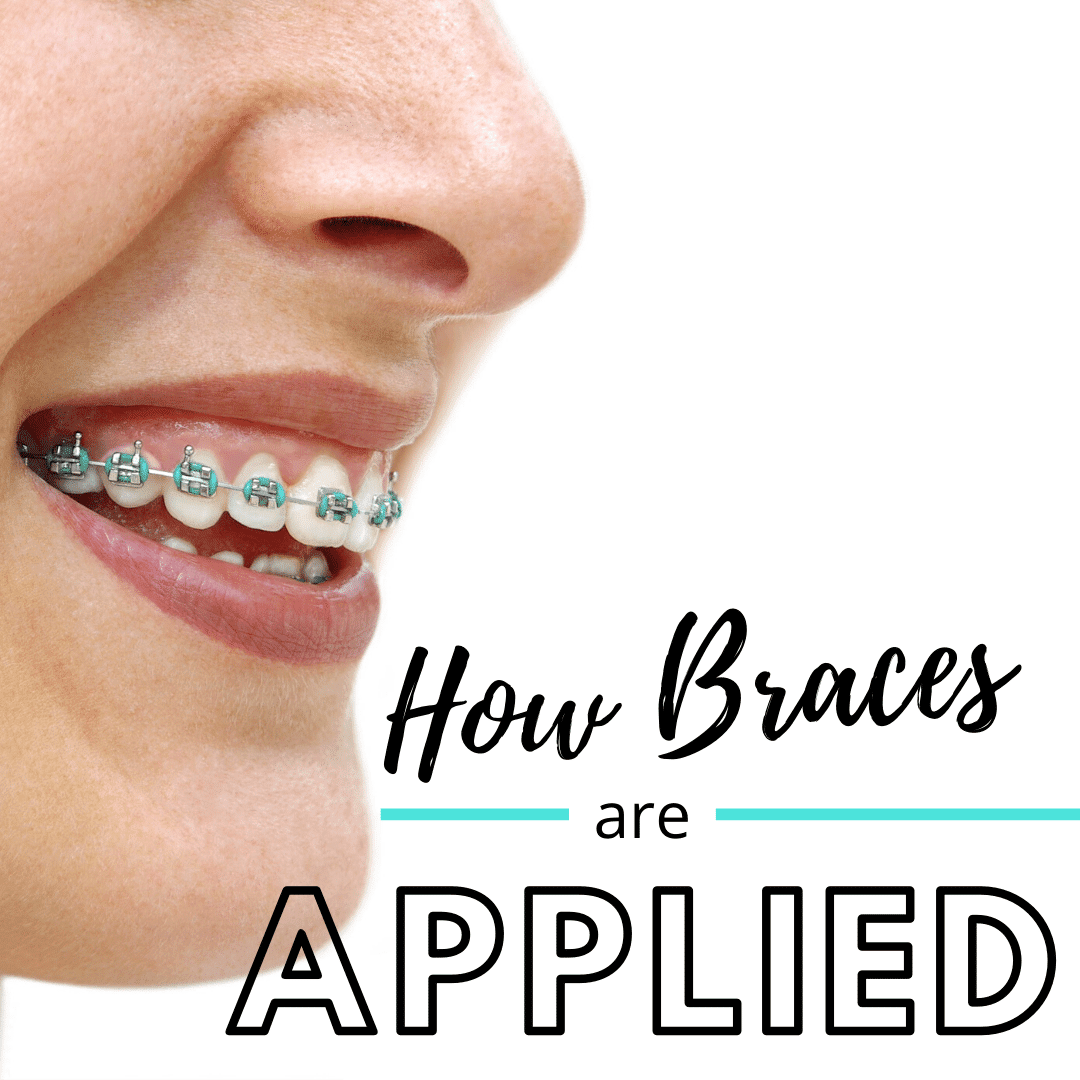8 Easy Facts About All Star Family Orthodontics Described
Table of ContentsExcitement About All Star Family OrthodonticsGetting My All Star Family Orthodontics To WorkAll About All Star Family Orthodontics6 Easy Facts About All Star Family Orthodontics ExplainedLittle Known Questions About All Star Family Orthodontics.

In enhancement, we offer adjustable therapy timetables, adaptable payment options and an enjoyable, delightful experience.
An orthodontist is a dentist trained to detect, prevent, and treat teeth and jaw irregularities. Orthodontists work with people of all ages, from kids to grownups.
Malocclusion, or misaligned teeth, can result in oral concerns, including dental caries, gum tissue disease, and hard or painful chewing. Not everybody is birthed with straight teeth. If you have a bad bite or big areas between your teeth, you may intend to consult a dental practitioner focusing on orthodontic treatment.
Rumored Buzz on All Star Family Orthodontics
(Image Credit Score: DigitalVision/Getty Images) Orthodontists utilize taken care of and detachable oral devices, like dental braces, retainers, and bands, to transform the position of teeth in your mouth. Orthodontic therapy is for dental abnormalities, including: Jagged teethBite troubles, like an overbite or an underbiteCrowded teeth or teeth that are too far apartJaw misalignmentThe objective of orthodontic treatment is to enhance your bite.
A healthy bite ensures you can eat, eat, and talk appropriately. While you might assume of orthodontists as generally for youngsters or teens that need dental braces, they can deal with dental issues at any type of age. Orthodontists attend college, oral institution, and orthodontic school. After college graduation, they spend 2 or 3 years in an orthodontic residency program.
, however not all dental experts are orthodontists. They concentrate on two locations: Just how to properly and safely move teeth Exactly how to effectively guide growth in the teeth, jaw, and faceOnce an orthodontist has actually finished training, they have the alternative to end up being board certified.
Top Guidelines Of All Star Family Orthodontics
Imbalance, or malocclusion, is the most common factor people see an orthodontist. Malocclusion is normally treated with: Your orthodontist affixes steel, ceramic, or plastic square bonds to your teeth.
If you have just minor malocclusion, you might have the ability to make use of clear dental braces, called aligners, rather of typical dental braces. Some people require a headwear to aid move teeth into line with pressure from outside the mouth. After dental braces or aligners, you'll need to wear a retainer. A retainer is a custom-made gadget that keeps your teeth in position.

You might need to see an orthodontist if you have: Crowding or not sufficient area for every one of your teethOverbite, when your upper teeth come by your bottom teethUnderbite, when your bottom teeth are also much forwardSpacing or issues with gapsCrossbite, which is when your upper teeth fit behind your base teeth when your mouth is closedOpen bite or a vertical space in between your front base and upper teethMisplaced midline, when the center of your base and upper teeth don't align Fixing an oral malocclusion can: Make attacking, chewing, and talking easierImprove the symmetry of our face and your total appearanceEase pain from temporomandibular joint conditionsDifferent your teeth and make them much easier to clean, aiding protect against tooth degeneration or cavities It's often a dental practitioner that first notifications misaligned teeth during a routine examination.
Indicators on All Star Family Orthodontics You Should Know
Throughout your very first orthodontic examination, you'll likely have: A dental examPhotos taken of your face and smileDental X-raysPanoramic (360 degree) X-rays of your face and headImpressions to create molds of your teethThese examinations will certainly help your orthodontist know exactly how to proceed with your treatment. An orthodontist is a dentist that's had training to treat your teeth and jaw.
Orthodontists may do surgery, exams,X-rays, - old bridge nj orthodontistand even more to aid you obtain a much more comfy, much healthier smile. An orthodontist is concentrated on your bite, so something like a chipped tooth would be handled by a dental expert. Orthodontists are dental professionals yet not all dental experts are orthodontists. Orthodontists are focused on your bite, or the way your teeth meshed, and the straightness of your teeth.

This first consultation entails a visual assessment of your teeth and attack, X-rays, and look at here now potentially even 3D scans. By diligently evaluating these components, the orthodontist can determine any type of misalignments, crowding, spacing issues, or jaw inconsistencies. Once a clear photo is established, the orthodontist will certainly talk about tailored therapy choices. This conversation will cover the type of dental braces or aligners suggested (traditional metal braces, clear aligners like Invisalign, etc), the projected treatment period, and any kind of potential difficulties or adverse effects.
Getting The All Star Family Orthodontics To Work
While dental braces are one of the most frequently acknowledged orthodontic treatment, orthodontists have a varied toolkit at their disposal. The particular method selected relies on the severity of the situation, the person's age, and specific preferences. These tried-and-true dental braces utilize a system of braces bound to the teeth and linked by cables.
Clear aligners, like Invisalign, are a popular alternative for people seeking a more very discreet treatment alternative. These detachable trays are customized to considerably move the teeth's position. Headgear may be used in conjunction with braces or aligners to use added targeted pressures, particularly for remedying jaw disparities. In situations of narrow jaws, palatal expanders can be utilized to produce space for appropriate tooth positioning.